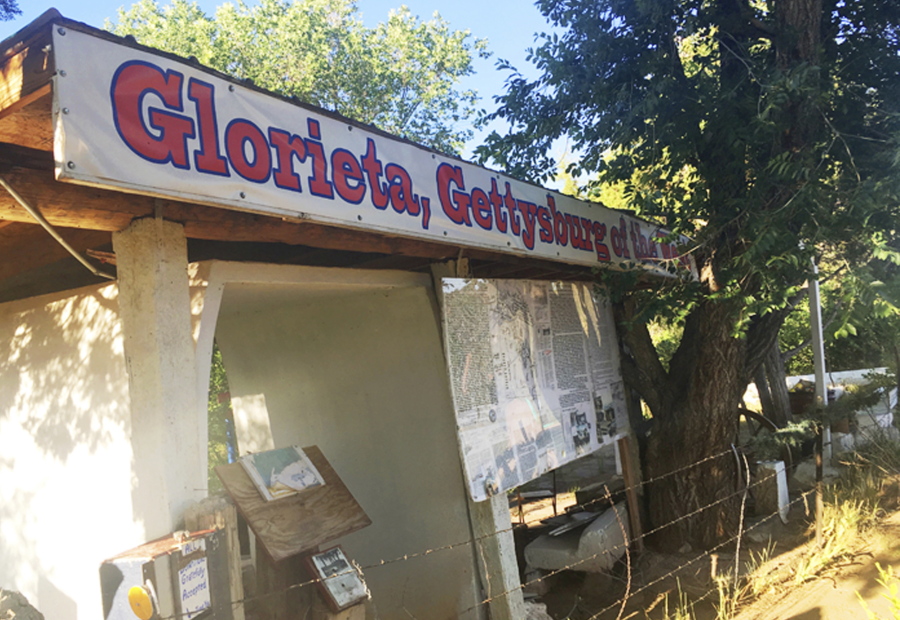GLORIETA PASS, N.M. — A makeshift memorial to Hispanic Civil War Union soldiers in an isolated part northern New Mexico is a typical representation of sites linked to U.S. Latino history: It’s shabby, largely unknown and at risk of disappearing.
Across the U.S, many sites historically connected to key moments in Latino civil rights lie forgotten, decaying or endanger of quietly dissolving into the past without acknowledgment. Scholars and advocates say a lack of preservation, resistance to recognition and even natural disasters make it hard for sites to gain traction among the general public, which affects how Americans see Latinos in U.S. history.
The birthplace of farmworker union leader Cesar Chavez sits abandoned in Yuma, Ariz. The Corpus Christi, Texas, office of Dr. Hector P. Garcia, where the Mexican-American civil rights movement was sparked, is gone. And no markers exist where pioneering educator George I. Sanchez captured images of New Mexico poverty for his 1940 groundbreaking book “Forgotten People.”
“People need to see history, they need to touch it, they need to feel it, they need to experience it,” said Maggie Rivas-Rodriguez, a journalism professor at the University of Texas who has worked to preserve Latino historical sites. “When something is preserved, it’s a daily reminder of our history.”



